What is Cooperative Learning in Education? A Comprehensive Exploration
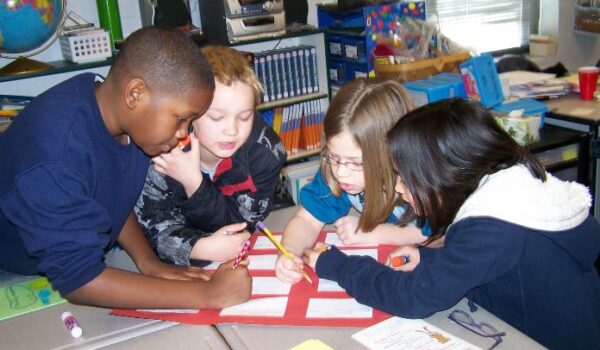
Cooperative learning has gained popularity as an educational strategy across classrooms worldwide. As educators continue to search for innovative ways to enhance student engagement and learning outcomes, the question of what is cooperative learning in education becomes increasingly important. This article provides a thorough exploration of the meaning, principles, benefits, challenges, and real-world examples of cooperative learning in education, offering a detailed answer to this key question.
Defining Cooperative Learning in Education
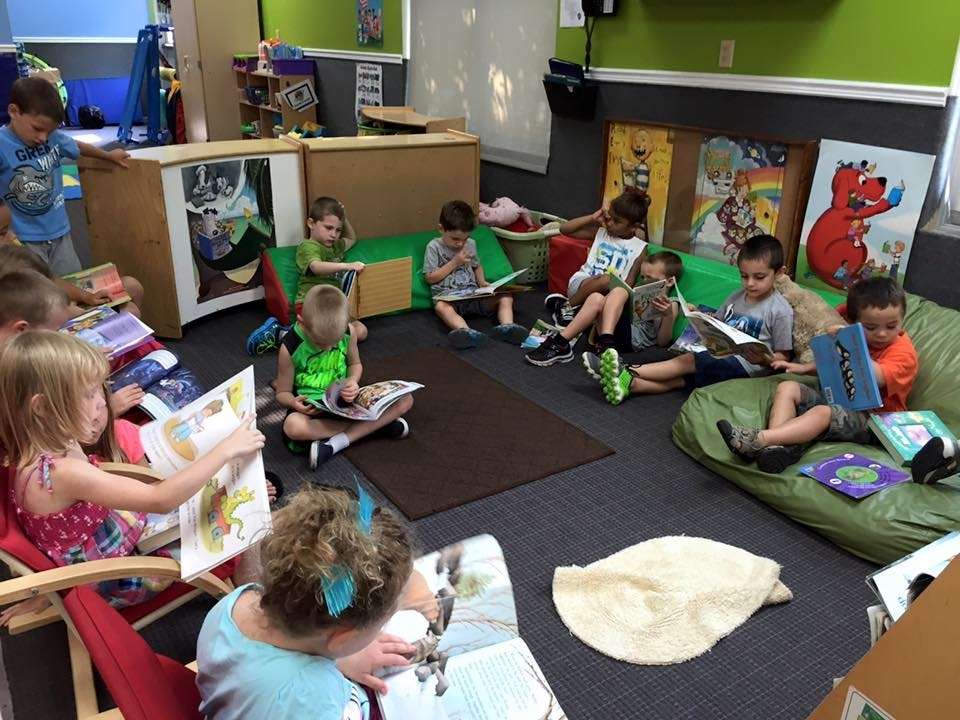
At its core, cooperative learning refers to a pedagogical approach where students work together in small groups to achieve a shared academic goal. Understanding what is cooperative learning in education involves recognizing that it is not just about grouping students for projects but structuring their collaboration in such a way that each member contributes to the learning process. Cooperative learning, by design, promotes individual accountability within a group setting, where the success of one student is intertwined with the success of others.
In comparison to more traditional, competitive, or individualistic learning methods, cooperative learning places emphasis on teamwork. Rather than students competing for the highest grade or working independently, cooperative learning nurtures a collaborative environment where students share resources, ideas, and responsibilities. As such, what is cooperative learning in education can be seen as a strategy that enhances academic and social development through structured, collaborative interactions.
Principles of Cooperative Learning
When examining what is cooperative learning in education, it is essential to explore the principles that underpin its successful implementation. Effective cooperative learning is grounded in five key principles, which guide how students interact and work together:
- Positive Interdependence: Positive interdependence means that each group member’s success is linked to the success of the entire group. In cooperative learning, tasks are structured so that students rely on one another to accomplish the group’s objectives, reinforcing the idea that their work is interconnected.
- Individual Accountability: While students work together in cooperative learning settings, they are still responsible for their individual learning. This principle ensures that each student is accountable for their contributions, answering the question of what is cooperative learning in education by highlighting the balance between collective and individual effort.
- Face-to-Face Interaction: Cooperative learning emphasizes the importance of students engaging in face-to-face interactions where they exchange ideas, give feedback, and support one another. This direct engagement is crucial in fostering deep understanding and honing communication skills.
- Social Skills Development: To fully grasp what is cooperative learning in education, it is important to recognize the emphasis on interpersonal and group skills. Students are encouraged to develop communication, leadership, and conflict resolution skills, which are necessary for effective collaboration.
- Group Processing: Group processing involves reflecting on group performance and identifying areas for improvement. This principle ensures that students not only focus on the academic content but also on how they function as a team, a critical aspect of cooperative learning.
By incorporating these principles, the question of what is cooperative learning in education becomes clearer. It is an approach that carefully balances group collaboration with individual accountability, aiming to foster academic growth alongside social and emotional development.
Benefits of Cooperative Learning
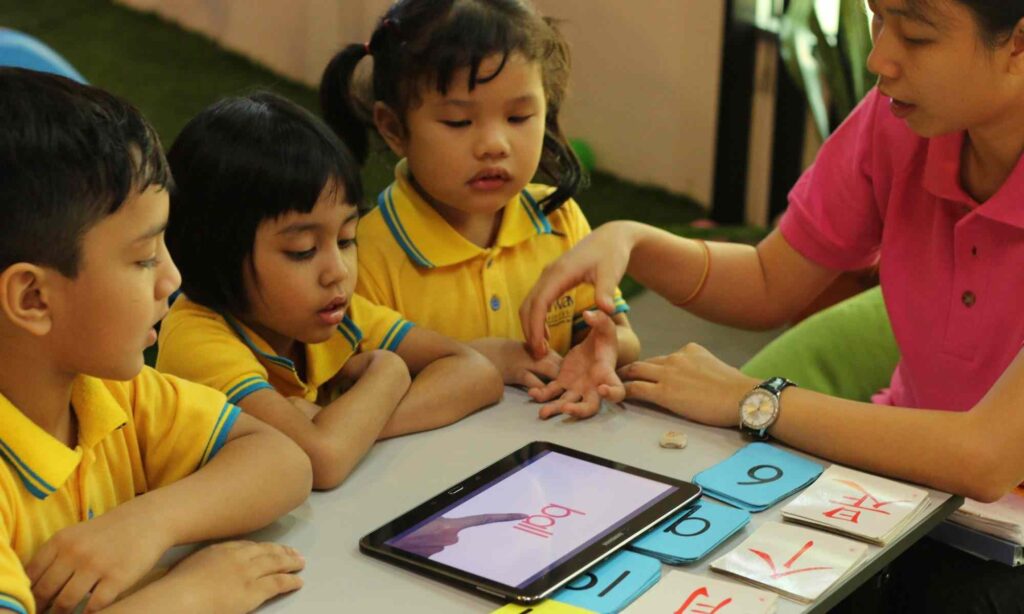
Understanding what is cooperative learning in education also requires exploring the many benefits this approach brings to both students and educators. Cooperative learning offers several advantages that positively impact the classroom environment and the overall learning experience:
- Enhanced Academic Achievement: Research consistently shows that cooperative learning can lead to improved academic performance. When students work together to explain and teach concepts to one another, they reinforce their own understanding and promote deeper comprehension.
- Development of Social Skills: One key answer to what is cooperative learning in education is its focus on social skills development. Working in small groups provides a context for students to practice communication, cooperation, and empathy, all of which are essential life skills.
- Increased Student Engagement: Cooperative learning often results in more engaged and motivated students. The interactive nature of group work helps to sustain students’ interest, making the learning process more enjoyable and stimulating.
- Promotes Inclusivity: Another aspect of what is cooperative learning in education is its capacity to foster inclusivity. Students with different strengths, learning styles, and backgrounds work together, supporting one another in a way that makes learning more accessible to all.
- Critical Thinking and Problem Solving: Through cooperative learning, students engage in higher-order thinking as they collaborate on complex tasks. This leads to better problem-solving abilities, as students consider multiple perspectives and solutions within the group.
- Building Positive Relationships: Cooperative learning strengthens social bonds between students. By working towards common goals, students build trust and rapport, which can reduce instances of social isolation and bullying.
Common Cooperative Learning Strategies
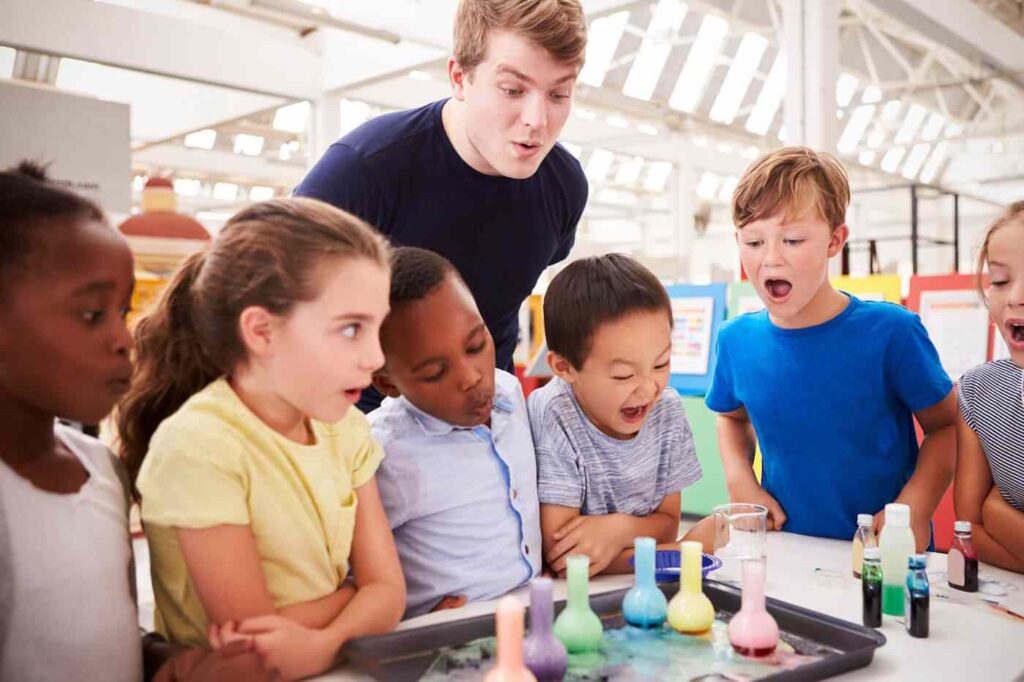
Various cooperative learning strategies help illustrate what is cooperative learning in education. These methods provide teachers with practical tools to create a cooperative learning environment where students can thrive:
- Jigsaw Method: In the jigsaw method, students are divided into groups, with each member responsible for learning and teaching a specific portion of the material. This method is highly effective in promoting both positive interdependence and individual accountability, as each student’s contribution is critical to the success of the group.
- Think-Pair-Share: Think-pair-share is a cooperative learning strategy where students first think about a question or problem on their own, then pair up with a classmate to discuss their ideas, and finally share their thoughts with the larger group. This method supports collaborative learning by allowing students to refine their ideas through peer feedback.
- Round Robin: In round robin, each student in the group takes turns contributing an idea or answer to a question. This technique encourages full participation and ensures that all students, including those who are quieter, have the opportunity to engage with the material.
- Group Investigation: Group investigation involves students working together to research and present on a specific topic. This method requires students to divide tasks, collaborate, and synthesize information, enhancing their teamwork and critical thinking skills.
- Cooperative Learning Centers: These are interactive stations where students work in groups on different activities. Cooperative learning centers are particularly useful in subjects such as math or science, where students can collaborate to solve problems or conduct experiments.
Challenges of Cooperative Learning
Despite its numerous benefits, cooperative learning can present challenges in the classroom. Understanding what is cooperative learning in education also involves recognizing the potential difficulties teachers and students may encounter:
- Unequal Participation: One common issue in cooperative learning is unequal participation, where some students may contribute more than others. This can lead to frustration within the group and may hinder the learning process.
- Group Dynamics Issues: Conflicts or communication breakdowns within groups can negatively impact the success of cooperative learning. Without proper management, these issues can derail the group’s progress and reduce the effectiveness of the learning experience.
- Time Management: Organizing and facilitating cooperative learning activities can be time-consuming. Teachers must carefully manage time to ensure that groups stay on task and meet their objectives within the allotted period.
- Assessment Difficulties: Evaluating individual contributions in a group setting can be challenging. Teachers need to develop fair assessment methods that account for both individual effort and group achievement.
- Dependence on Teacher Support: Successful cooperative learning often relies on the teacher’s ability to guide and monitor student interactions. Teachers must be well-versed in cooperative learning strategies to ensure that students stay focused and productive.
Overcoming Challenges in Cooperative Learning
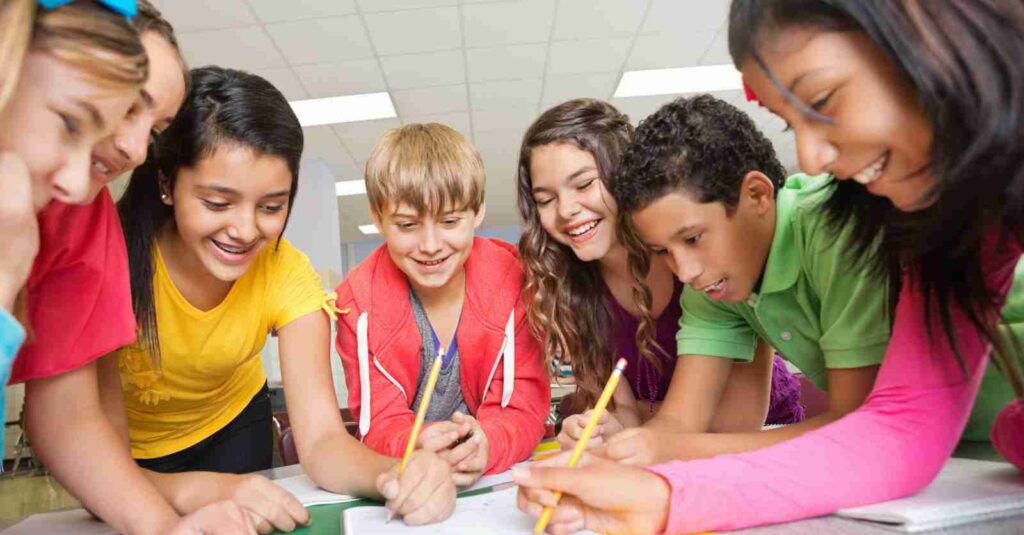
In fully addressing what is cooperative learning in education, it is essential to consider how educators can overcome the challenges associated with this approach. Effective solutions include:
- Assigning Roles: Clear roles and responsibilities within groups can help ensure equal participation. Assigning students specific tasks, such as recorder or spokesperson, helps balance the workload and encourages active involvement from all members.
- Ongoing Assessment: To address assessment difficulties, teachers can use peer evaluations, self-assessments, and formative assessments throughout the project. This ensures that individual accountability is maintained.
- Conflict Resolution Training: Teaching students conflict resolution and communication skills is essential for overcoming group dynamics issues. Role-playing scenarios and discussions on problem-solving strategies can help students navigate conflicts more effectively.
- Time Management Tools: Teachers can implement time management strategies, such as using timers or breaking tasks into smaller segments, to ensure that groups stay on track.
The Role of Teachers in Cooperative Learning
Another critical aspect of what is cooperative learning in education is the role of teachers. In cooperative learning, the teacher’s role shifts from being the sole provider of knowledge to becoming a facilitator of learning. Teachers must guide students through the process, helping them develop the skills needed to work effectively in groups.
Key responsibilities for teachers include:
- Planning and Structuring: Teachers must design activities that promote positive interdependence, individual accountability, and meaningful collaboration.
- Monitoring Group Progress: Regularly checking in on group work and providing feedback helps keep students on task and ensures that learning goals are met.
- Encouraging Reflection: Teachers should encourage students to reflect on both their academic progress and group dynamics. This helps students understand their contributions and the overall effectiveness of the group.
Conclusion
To conclude, what is cooperative learning in education is a question that highlights a shift toward more interactive and student-centered instructional approaches. Cooperative learning is a strategy that fosters collaboration, encourages critical thinking, and enhances both academic and social development. Its focus on mutual support, positive interdependence, and individual accountability provides a rich learning environment where students not only achieve academic success but also develop essential life skills.
While there are challenges associated with cooperative learning, such as unequal participation and group dynamics issues, these can be addressed with careful planning and guidance. Ultimately, understanding what is cooperative learning in education reveals its potential to transform classrooms into dynamic, collaborative spaces where students thrive both academically and socially. As education continues to evolve, cooperative learning remains a powerful tool for engaging students and preparing them for the demands of the modern world.
